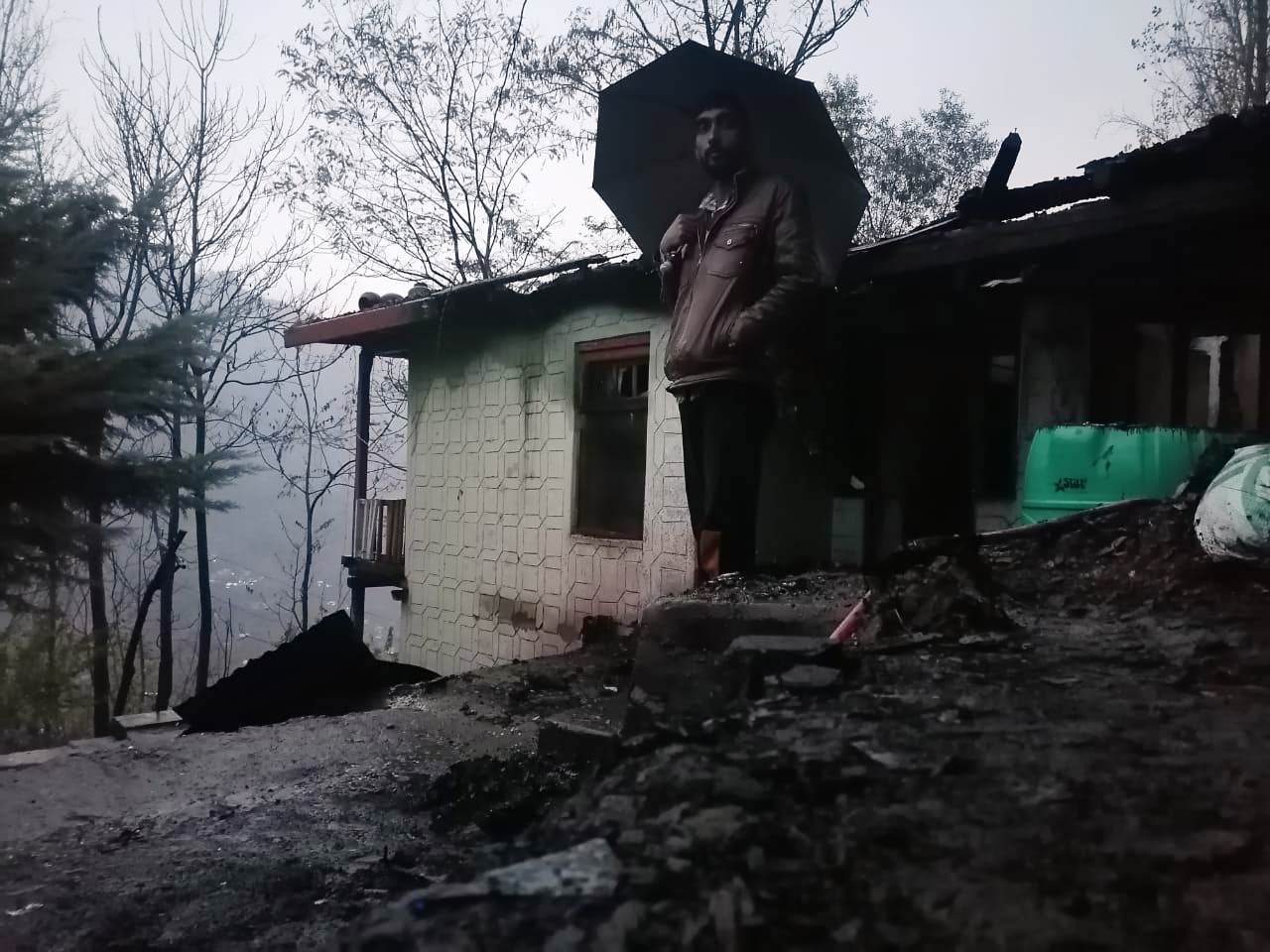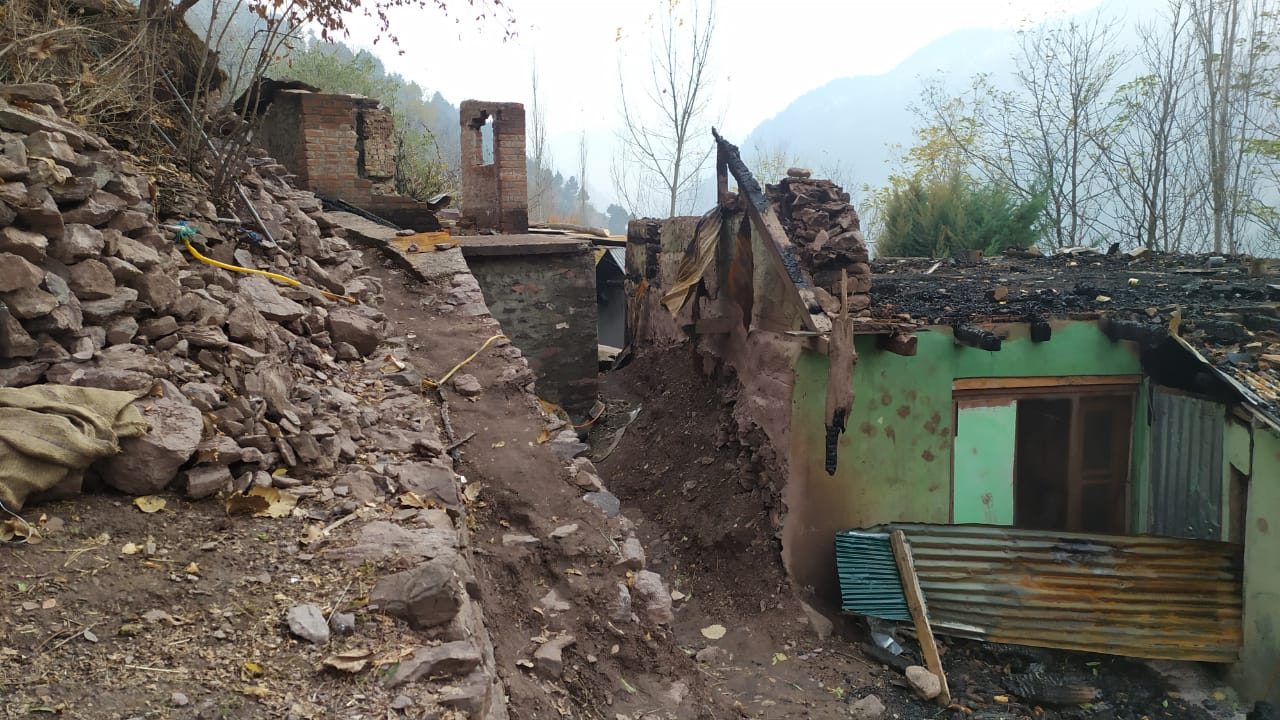
A little month after some of them lost their homes in the raging flareup along the Line of Control (LoC), the shell-shocked Uri villagers are staring at the sullen state of homelessness amid the bone-numbing cold.
AFTER a nightmarish fall that saw his townspeople abandoning everything to save themselves from the raining shells, Parveez Ahmad Sheikh is now getting worried about long and chilling winter ahead.
“We lost our homes to shells, and now we fear to lose our lives to this bone-chilling cold,” Sheikh says, standing near the wreckage of his home in Balkote village of Uri’s Hajipeer sector.
His family is living in a rented accommodation, after government, he says, failed to reconstruct homes bombed in the November 13, 2020 LoC—Line of Control—flareup.
That day, the routine cross-LoC shelling between India and Pakistan became “unprecedented and bloody”.
Bullets and shells rained all around in Kamalkote, Hajipeer and Rampore sectors of Uri, claiming at least six lives including four civilians and two forces personnel.
Around two dozen residential houses got damaged.

A month later, as the harshest 40-day-long cold spell started in Kashmir, the shell-shocked Sheikh and his tribe are still living in an atmosphere of “terror”.
“In the name of compensation, we were given a sum of Rs 10,000,” Sheikh narrates his ordeal of homelessness. “What can be done with that merger amount?”
Working in Central Reserve Police Forces (CRPF), Sheikh says his savings for his three children’s education will be now consumed by his new house.
“And even if you construct a new house, who will give you the guarantee that another shell won’t blast it again,” Sheikh talks about the uncertainly of life on the LoC.

Sailing in the same boat is Abdul Gani whose house was blown to pieces in the November bombing.
A month later, the homeless man living in the line of firing says the government has left his tribe to die.
“Government’s underground bunkers are yet to see the light of the day here,” Gani says, deflating the official claims of construction of 125 community bunkers along the LoC in Baramulla and Kupwara districts.
The need of the hour, says Lal Din Khatana, Sarpanch of Charunda village, was to construct the underground bunkers to shelter and save people from shells.
“In our village, at the zero line, shelling damaged several houses on November 13,” Khatana says. “But like others, we were provided a meagre amount in the name of compensation.”
Mohammad Ahsan Mir, Additional Deputy Commissioner, Baramulla, refused to talk about this overwhelming anguish at the zero line.
“I am busy with counting votes,” Mir said. “Can’t talk.”
Amid this apathy, Gani is getting numb inside a temporary shanty he shares with his family of seven.
“The intense cold has made life very difficult for us,” he says.
“Despite making rounds of the government offices for compensation, we are living a life of refugees in our own homeland. Where will we go this winter?”
Follow this link to join our WhatsApp group: Join Now
Be Part of Quality Journalism |
Quality journalism takes a lot of time, money and hard work to produce and despite all the hardships we still do it. Our reporters and editors are working overtime in Kashmir and beyond to cover what you care about, break big stories, and expose injustices that can change lives. Today more people are reading Kashmir Observer than ever, but only a handful are paying while advertising revenues are falling fast. |
| ACT NOW |
| MONTHLY | Rs 100 | |
| YEARLY | Rs 1000 | |
| LIFETIME | Rs 10000 | |










